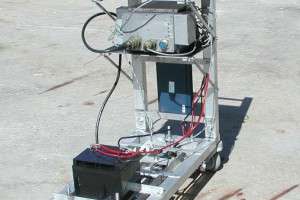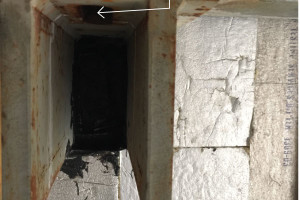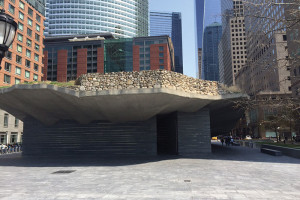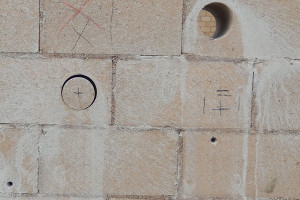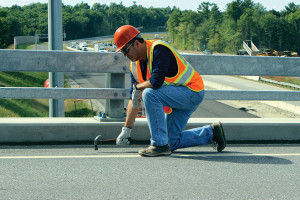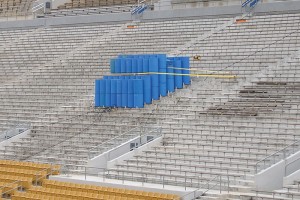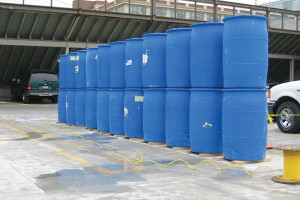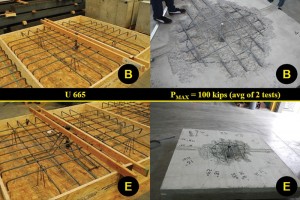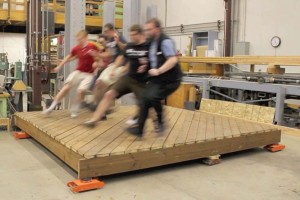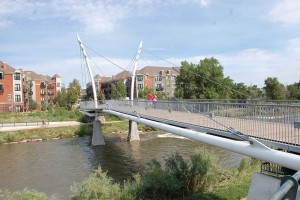This article is a follow-up to one of the precast, prestressed thin slab parking garage structures described in Precast, Prestressed Thin Slabs in Parking Garage Structures, published in the January 2016 issue of STRUCTURE magazine. …
Review Category : Structural Testing
The National Council of Structural Engineers Associations (NCSEA) recently issued a position statement on special inspections clarifying their importance to protecting the public. One assertion made in this statement is that special inspections are “…essential for the satisfactory performance of any project.” …
The Use of Corrosion Rates to Predict Material Performance
As concrete structures begin to age and deteriorate, the need to understand corrosion behavior is pertinent to determining where a structure is in its life cycle. One of the most successful methods of determining the corrosion rate of embedded steels is the Linear Polarization Resistance (LPR) method. The results of this test method provide measurements of corrosion current (Icorr,) or corrosion penetration rates. …
The 1933 Long Beach earthquake showed that unreinforced double-wythe masonry brick walls did not perform well. Consequently, California regulators imposed a requirement that double-wythe brick masonry be reinforced and grouted, and that the newly constructed masonry be destructively tested by drilling a core specimen horizontally through the wall to test the bond between the clay masonry unit and grout for shear capacity. …
Ground Penetrating Radar Yields Benefits
According to the American Society of Civil Engineers (ASCE), approximately 25 percent of the nation’s bridges remain structurally deficient or functionally obsolete. The 2013 edition of ASCE’s Report Card for America’s Infrastructure warns that more than two hundred million trips are taken daily across deficient bridges in the nation’s largest metropolitan regions. …
Part 2: Test Protocols and Case Studies
As discussed in Load Testing of Concrete Structures – Part 1 (STRUCTURE® magazine, April 2014), load testing can be used to determine the ability of a structure to carry additional loads, to establish the safety of structures, to validate strengthening, to gain knowledge on the behavior of a structure, and to supplement, validate or refine analytical work models. Part 1 discussed different aspects of in-situ load testing including the load test program, methods of load application and instrumentation. Part 2 describes the load test protocols and presents case studies to illustrate the use of in-situ load testing in the evaluation of existing concrete structures. …
Rationale, Objectives, and Execution
While it is usually possible to demonstrate the safety of an existing structure through calculations based on general accepted engineering principles, this is not always the case. Sometimes there are structures for which calculations alone may not be sufficient to demonstrate fitness for intended occupancy or use. …
Starting in 2008, members of the project team, along with others, performed tests to show that the American Concrete Institute (ACI) 318-11 Appendix D concrete shear capacities for steel anchor bolts with small edge distances connected to wood sill plates were extremely low compared to actual tested values. …
The safety of exterior elevated decks, balconies and porches is an important national issue due to numerous documented structural collapses that have resulted in serious injuries and, in some cases, deaths (Shutt 2011; Legacy Services 2010). The problem is not confined to residential construction, as decks are also popular in commercial structures. Due to larger occupancies, the stakes are even higher in commercial construction as evidenced by deck collapses in Polson, MT casino with 52 injured in 2004 and a Miami, FL sports bar with 24 injured in 2013. Engineered design has been hampered by knowledge gaps on structural loads – especially lateral loads. This information is vital for registered design professionals to create safe and efficient engineered designs for decks, porches and balconies. …
Bridge deflection and vibration data are often useful for structural health monitoring (SHM), load rating determination, change in use, or retrofitting. Deflection and vibration data are typically gathered through nondestructive testing (NDT) or nondestructive evaluation (NDE) methods. For most bridges, this means installing accelerometers, strain-gauges, linear variable differential transformer (LVDT), or string pot type instrumentation, which sometimes requires a temporary restriction of bridge use, and technicians must gain access to the bridge’s structural members which can involve fairly hazardous work, both to install the instruments and to remove them when the study is complete. …

